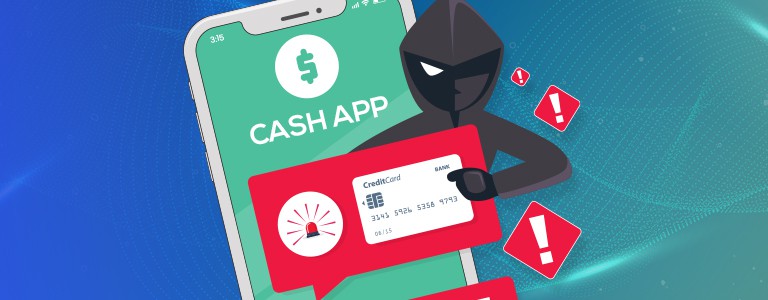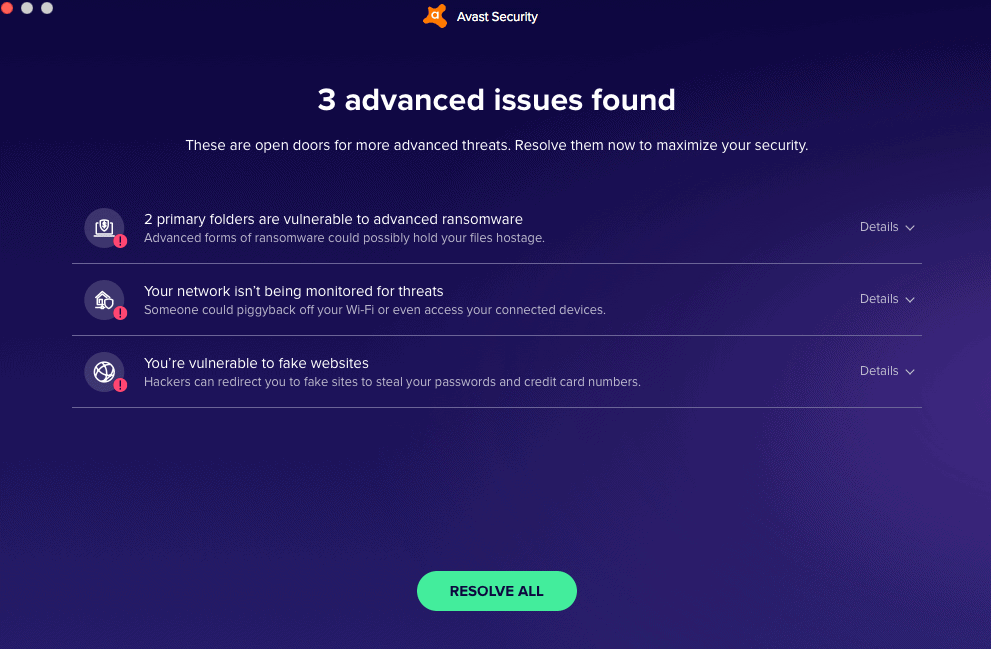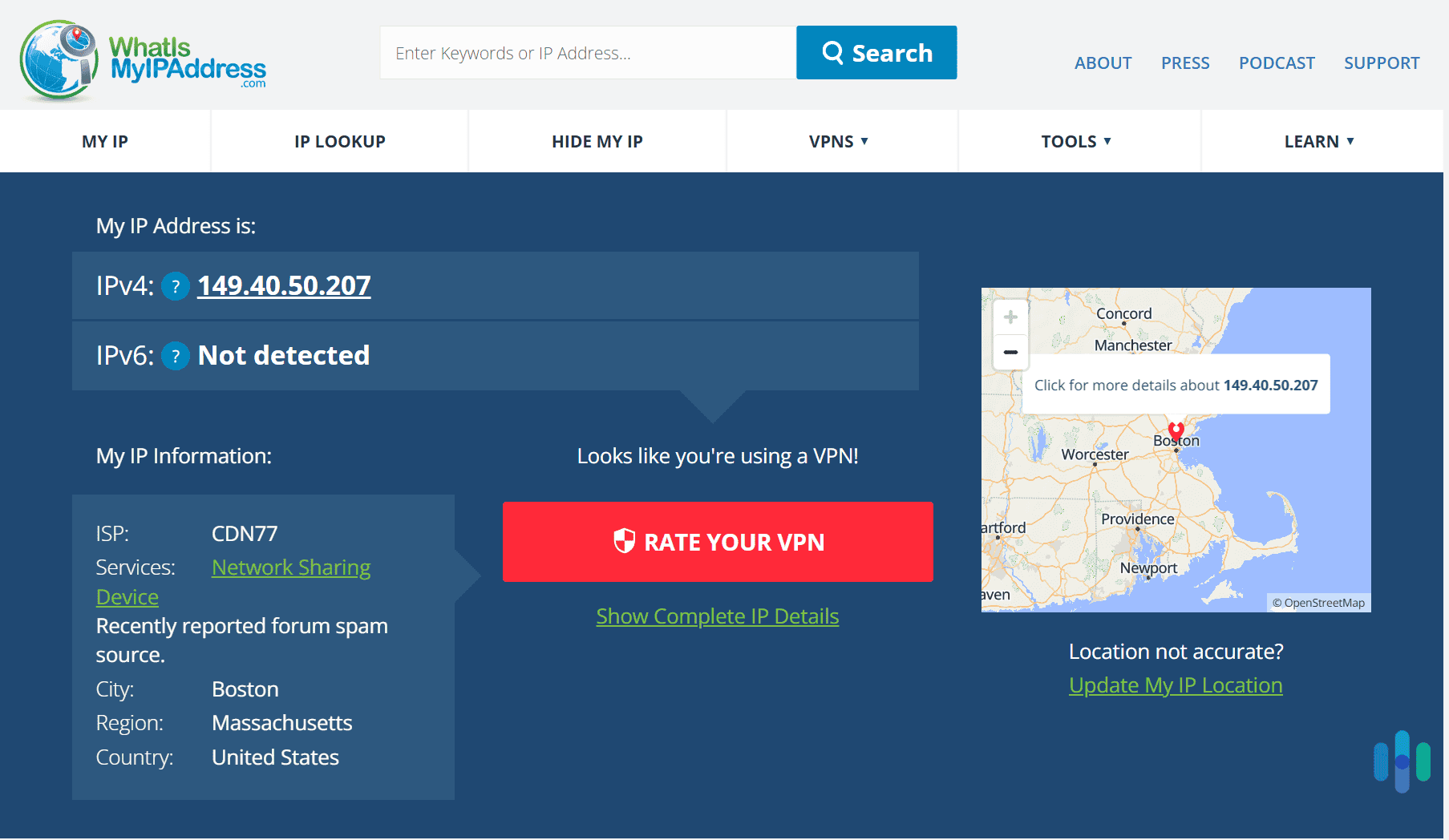How many times have you scrolled through bank transactions and the previous online purchases page after a random parcel appears on your doorstep?
For a moment, you might think it’s from a secret admirer or that uncle who never remembers the actual date of your birthday. However, there’s a good chance it’s a brushing scam.
So before you tear the open strip off the box, read through this article where we explain how brushing scams work, how to spot one, and how to stop more parcels from showing up unexpectedly.
What Is a Brushing Scam?
You might be asking yourself, “What’s the harm in receiving a parcel full of merchandise for free?” But the real question you should ask is, “How did these people get my home address?”
>> Check Out: How to Remove Your Address From the Internet
Scammers set up fake accounts in your name in online stores and marketplaces and use them to write reviews to boost a seller’s ratings. It helps them increase sales and rankings for poor-quality, knock-off products. Sometimes, brushing scams are a small component of a larger, more sinister operation, such as money laundering or identity theft schemes.
Did You Know: Sending unsolicited merchandise is illegal in the U.S. It’s also frowned upon in Canada, Australia and countries covered under European Union laws.
How Does it Work?
E-commerce retailers rely on high volumes of positive reviews to get their products listed on the coveted first-page position. Scammers selling cheap rip-offs know this and run brushing scams to climb the rankings. These are the steps they take:
- Collect personal information: The scammers collect personally identifiable information from data broker sites or the dark web.
- Open new accounts: They use these details to open thousands of accounts in online stores and marketplaces where they sell their products.
- Purchase products: The scammer makes purchases, sending the items to the addresses they’ve stolen.
- Earn verification: Once a certain amount of purchases are made, the fake account earns a verified badge. This means that these reviews will be favored over those from real customers.
- Write reviews: They continue to post thousands of positive reviews to boost the product’s positioning in search results.
- Repeat: The process is repeated and replicated for other items they sell.
>> Read More: What is a Scam, and How Can You Avoid One?
How to Spot a Brushing Scam
We’ve all received the wrong mail. It could be something for the former owners of the home you’re living in or a parcel for your neighbors. These aren’t brushing scams. They’re just silly mistakes. The following are the signs of a brushing scam to look out for and what you should do if it happens to you.
| Signs of a Brushing Scam | What to do |
|---|---|
| You receive a parcel you didn’t order | Confirm the package isn’t a gift first. If it isn’t, report it to the business or marketplace and include the number of parcels, the tracking number (if there is one), and any other information you think is relevant. |
| You get a package you didn’t order without a return address | Notify the delivery service and contact the authorities. Avoid opening an unsolicited parcel and be suspicious of the contents inside the box. |
| Your name appears on reviews for products you didn’t buy | Contact the business and marketplace immediately to advise them of the brushing scam. Change all your passwords and use identity theft protection services to look for other instances of your personal information appearing online. |
>> More info: How to Spot and Avoid Publishers Clearing House Scams
The Dangers of Brushing Scams
There are many consequences to being a victim of brushing scams. I’ve listed the biggest impacts to your identity below:
- Your personal information is exposed: Your name and address have been made available for purchase through data broker sites or on the dark web. It may be used for more notorious reasons than brushing scams.
- Your financial information is leaked: In addition to your name and address, scammers may have obtained credit card or bank account details. Keep an eye on financial statements to ensure every dollar is accounted for.
- Your name is being used without your permission: Your name may be used to write fake reviews for phony products or to take out large financial loans requiring you to pay back the merchandise. If you’re a regular customer from the same online stores or marketplaces, they may ban you because they can’t distinguish your account from the scam.
- You may get extorted: Some scammers will call you after the parcel is delivered and pressure you to pay for the goods. Fortunately, the law is on your side, and you don’t have to pay for unsolicited parcels.
FYI: While brushing scams are becoming more common, there are dozens of others making the rounds on the internet.
How to Stop Brushing Scams
If you want to stop random parcels from showing up on your doorstep, follow these steps to put an end to it once and for all.
Discard or Return the Parcel
Unless you really want to keep the items sent to you, we recommend returning them to the sender or disposing of them appropriately. You might be able to find the return information through the delivery company or the marketplace.
Contact the Online Business
Several online marketplaces have methods to report brushing scams. For example, Amazon has a dedicated page to report unwanted packages. Its investigations team will look into the situation and take appropriate action.
If you’re a regular customer in the marketplace or business, notifying them also means they can look further into fake accounts in your name. It should minimize any disruption to your online shopping experience.
Change Your Passwords
I know. It seems obvious, but it’s often overlooked since it means having to think up a new password featuring letters, numbers, and a few special characters. But it’s well worth the effort. Don’t forget to use capital letters.
>> Check Out: Random Password Generator
Set Up 2FA
Sadly, passwords aren’t enough to protect your account. I’ve lost count of how many times someone used my Facebook login to access my Spotify account. Their taste in music was terrible and ruined my Spotify Wrapped.
Adding two-factor authentication makes it harder for scammers to access your accounts and personal information. It should also lead to fewer unsolicited parcels showing up on your doorstep.

Lock Your Credit Report
If a scammer has your address, they might have access to other details. We recommend checking your bank and credit accounts for any unauthorized transactions. You can even discuss changing account and credit card numbers for extra protection.
Another solution is a credit freeze or lock. It will stop anyone from taking out loans or lines of credit using your details. Several identity theft protection services offer this service. They even make it easy to remove the locks whenever you need to apply for credit.
Scan the Dark Web
The best identity theft protection services can search the dark web looking for your personal data. You’ll receive a notification once a record is found. I recommend using it after a company you’ve interacted with has a data breach. While it’s hard to get this information removed from the dark web, there are steps you can take offline to stay safe.
Did You Know: If you’re wondering how your information gets on the dark web, look no further than the 2,365 cyberattacks in 2023.1 It impacted over 343,338,964 people in the U.S.
Protect Yourself Online
Experts predict e-commerce sales to reach $1.22 trillion by the end of 2024.2 It’s big business, and scammers want a piece of this pie. They’ll do whatever it takes, including sending unsolicited mail using stolen data.
If a parcel you didn’t order shows up at your home, take action immediately. Contact the online business, change your passwords and strengthen your online presence with identity theft protection services. They can help you recover from scams and frauds faster with minimal effort.
Frequently Asked Questions
-
Why is it called a brushing scam?
It’s a reference to scammers “brushing up” reviews of their products. In other words, they’re exaggerating how good their items really are.
-
How do brushing scams get your address?
Your address may have been obtained from a data broker site or the dark web.
-
What are the most common scams in the U.S.?
The Federal Trade Commission listed imposters, online shopping and reviews, and prize-based scams as the most common scams in the U.S. in 2023.3
-
What should you do if you receive a package you didn’t order?
We recommend not opening the parcel. You should either send it back if there is a return address or dispose of the package safely. Next, contact the business that the merchandise came from and give them as many details about the item as possible.
-
What happens if a scammer has your name and address?
Scammers can use these details to steal your identity and commit fraud. We recommend using identity theft protection services to reduce the risk of damages to your name and finances.







